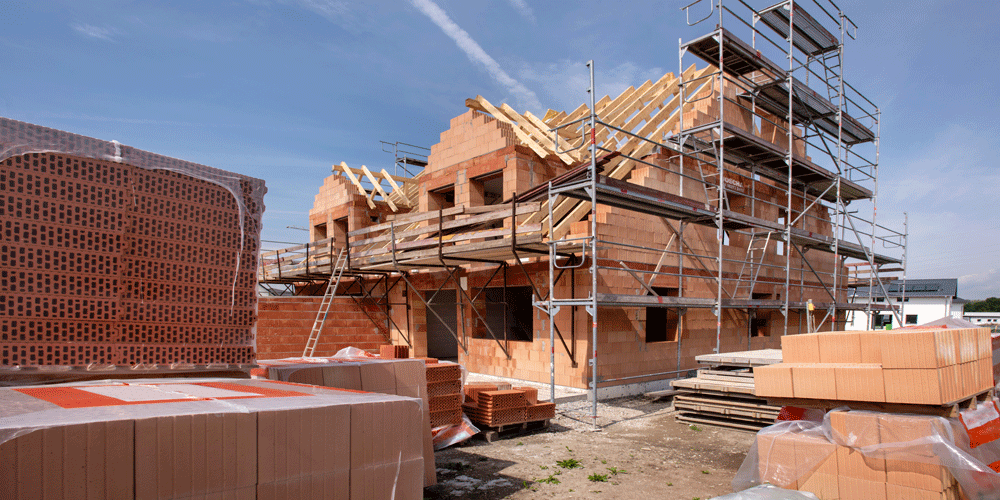Constructing a building is a complex and intricate process that requires meticulous planning, precise execution, and effective communication. From the initial blueprint to the final touches, each stage of construction plays a crucial role in turning an idea into a tangible structure. In this blog post, we will delve into the various steps involved in the construction process and explore the key factors that contribute to a successful construction project.
Pre-Construction Phase: Laying the Foundation
Before the first shovel hits the ground, extensive groundwork is done to ensure a smooth construction process. This phase involves:
a) Project Planning: This stage encompasses conceptualisation, feasibility studies, and design development. Architects, engineers, and other stakeholders collaborate to create a detailed blueprint that meets the client’s requirements, adheres to building codes, and considers environmental sustainability.
b) Permits and Approvals: Obtaining the necessary permits and approvals from local authorities is a vital step. This ensures compliance with regulations and mitigates potential delays during the construction phase.
c) Procurement: Identifying and sourcing the required materials, equipment, and labor is crucial. Efficient procurement practices help optimise cost, quality, and timeliness.
Construction Phase: Bringing the Blueprint to Life
Once the pre-construction phase is complete, the actual construction work begins. This stage involves multiple interconnected processes:
a) Site Preparation: Clearing the construction site, grading the land, and setting up temporary facilities such as fencing, site offices, and utilities are critical tasks that lay the groundwork for construction activities.
b) Foundation and Structural Framework: The foundation is built, and the structural framework takes shape, often involving the use of concrete, steel, or other suitable materials. This phase ensures the stability and integrity of the building.
c) Building Systems: Essential systems such as electrical, plumbing, heating, ventilation, and air conditioning (HVAC), and fire protection are installed. Integration of these systems is crucial for a functional and safe building.
d) Interior and Exterior Finishes: The interior finishes, including flooring, wall treatments, paint, and fixtures, add aesthetic appeal to the building. Simultaneously, the exterior finishes, such as cladding, roofing, and landscaping, contribute to the overall appearance and functionality.
Post-Construction Phase: Crossing the Finish Line
The construction process doesn’t end with the completion of the physical structure. Several tasks are undertaken to ensure a seamless transition from construction to occupancy:
a) Inspections and Quality Assurance: Independent inspections are conducted to verify compliance with building codes, safety standards, and quality control measures. This ensures that the building meets the desired specifications and guarantees the safety of future occupants.
b) Testing and Commissioning: Building systems are rigorously tested and commissioned to ensure proper functioning. This includes performance testing, calibration, and fine-tuning of various components.
c) Handover and Occupancy: Once all necessary approvals are obtained, the building is handed over to the client. At this stage, the client assumes responsibility for the property, and occupants can move in and start utilising the facility.
d) Post-Occupancy Evaluation: Continuous evaluation and feedback play a crucial role in enhancing future construction projects. Post-occupancy evaluations help identify areas for improvement, address any deficiencies, and refine construction practices for future projects.
Navigating the construction process requires meticulous planning, effective coordination, and attention to detail. From the initial blueprint to the final touches, each stage of construction contributes to transforming a vision into a tangible reality.
By focusing on pre-construction groundwork, ensuring quality execution during the construction phase, and undertaking post-construction evaluation, stakeholders can achieve successful construction projects that meet client expectations, comply with regulations, and provide safe and functional spaces for occupants. With careful management and collaboration, the construction process can become a rewarding journey, resulting in the creation of remarkable structures that stand the test of time.
